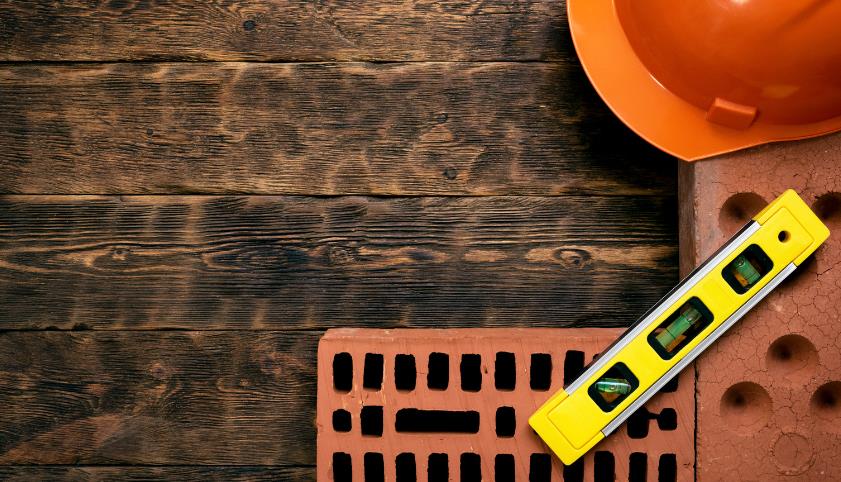Table of Contents
Time and many intrinsic and extrinsic factors (atmospheric agents, use of chemical substances, temperatures, exposure to sunlight, chemical composition of the material), substantially influence the yield and duration of the materials used in architecture.
For these reasons, the choice of materials is one of the fundamental steps that determines the quality of the entire work, as well as its duration. Neglecting the phenomena related to the properties of the materials and how they react with external factors is a mistake that can cost you dearly.
The Importance of the Choice of Materials in Architecture
The alteration of materials
The phenomenon of degradation of building materials concerns the individual construction elements and cannot be evaluated as a simple aesthetic degradation, but consists of a physical modification of the material, which over time, without any intervention, will irreparably lead to worsening of the general state of the material and above all its characteristics.
 In fact, only through in-depth knowledge of both the characteristics of the single material and the effects that external factors operate on them, will it be possible to adapt, according to needs, the material suitable for the most correct use or space.
In fact, only through in-depth knowledge of both the characteristics of the single material and the effects that external factors operate on them, will it be possible to adapt, according to needs, the material suitable for the most correct use or space.
As we have said, the environment interacts with materials mainly producing two processes of alteration:
Degradation
Degradation which consists in the loss of surface characteristics. The causes can be either natural such as atmospheric agents (and subsequent co-causes deriving from the chemical composition of the material, its porosity and resistance) – think for example to stainless steel corrosion – or man-made, i.e., descending from factors involving man or his action such as wear and pollution.
Failure
It refers to the loss of structural characteristics, both in relation to a structure and in relation to the environment.
Innovative and sustainable architecture
As mentioned, there are many factors that influence the deterioration or prolonged resistance over time of the materials used in construction and a conscious choice of materials also determines a greater or lesser environmental impact.
In fact, thinking of materials that require constant maintenance and/or replacement, as well as being inconvenient from an economic point of view, have a substantial impact on the environment. Precisely because of the greater sensitivity towards the subject, modern architecture increasingly often chooses not necessarily new materials but optimizes and re-evaluates their use with a view to being able to transform a building with lighter forms and less energy-intensive and polluting solutions, without neglecting reliability and quality.
 For this reason, solutions are currently available on the market, which allow a renewal in this sense. Two excellent examples of sustainable materials, and among the most used in architecture, are linoleum and stainless steel.
For this reason, solutions are currently available on the market, which allow a renewal in this sense. Two excellent examples of sustainable materials, and among the most used in architecture, are linoleum and stainless steel.
The first, produced with wood flour, linseed oil, jute fiber and inert minerals, combines sustainability with comfort and excellent resistance. It is used both for floor applications and as wall and furniture covering. It allows the total elimination of enamels and varnishes and, with the right care, it does not deteriorate and maintains its characteristics over time. Reliable and eco-sustainable both for its production and for its disposal.
Stainless steel is the material that architecture cannot do without. Already from its production it demonstrates the green material par excellence: the stainless steel placed on the market derives for as much as 60% from scrap. Furthermore, its intrinsic properties make it structurally resistant and moderately sensitive to corrosion.




